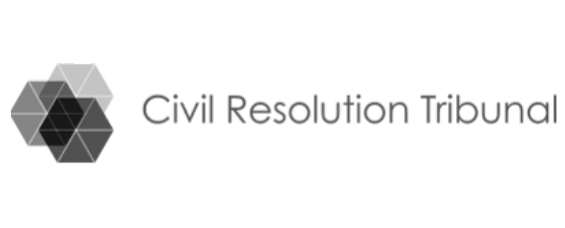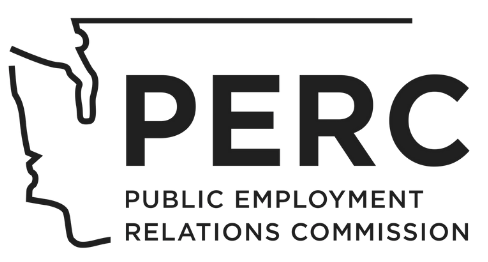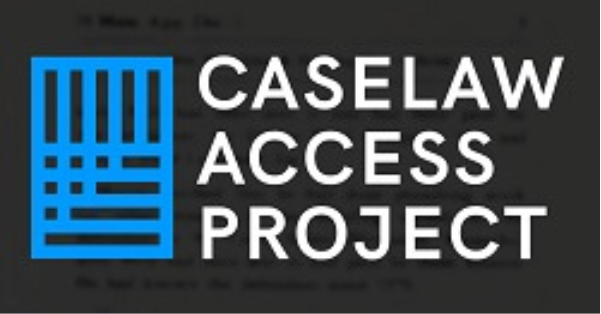
Your All-in-One Legal Publishing Platform
Norma simplifies how you manage, enrich and publish legal information — so you can work more efficiently and have more impact. Book a demo now to see how it can both streamline your publishing operations and enhance the legal research capabilities of your users.
Explore What Sets It Apart
Auto Conversion & Metadata Autofill
Save time and focus on what matters.
Norma automatically converts Word and PDF files into responsive and accessible HTML and PDF formats. It also autofills key metadata—title, date, citation, parties, and more—ensuring consistent, compliant output with far less manual input.
Audit Trail
Track edits, recover versions, and ensure compliance with full audit logs that promote accountability across your publishing process.
Web Services & API Integration
Integrate with your CMS or database to automate publishing. Ideal for high-volume workflows, especially when content already resides in a CMS or database.
User Rights and Access Management
Provide secure access for internal users or subscribers. Manage rights and visibility for collections or individual documents via a user-friendly admin interface.
Intranet/Subscription Services
Provide secure access for internal users or subscribers. Manage rights and visibility for collections or individual documents via a user-friendly admin interface.
Electronic Signature
Documents posted with Norma can be electronically signed by your organization using an Adobe Approved Trust List (AATL) certificate.
White-Label Solution
Norma is skinned to match your website’s look and feel and can be hosted under your subdomain (e.g., decisions.yourdomain.com) for a seamless user experience.
Single Sign-On (SSO)
Let users access Norma using institutional credentials via SAML, OAuth, or other SSO protocols.
AI Enrichments
Scale added value without scaling effort.
Norma uses AI to generate plain-language summaries, meaningful titles, and keyword tags. You stay in control by reviewing and refining the output—enhancing discoverability and delivering real value to end-users—without adding to your team’s workload.

Audit Trail
Track edits, recover versions, and ensure compliance with full audit logs that promote accountability across your publishing process.
Web Services & API Integration
Integrate with your CMS or database to automate publishing. Ideal for high-volume workflows, especially when content already resides in a CMS or database.
User Rights and Access Management
Provide secure access for internal users or subscribers. Manage rights and visibility for collections or individual documents via a user-friendly admin interface.
Intranet/Subscription Services
Provide secure access for internal users or subscribers. Manage rights and visibility for collections or individual documents via a user-friendly admin interface.
Electronic Signature
Documents posted with Norma can be electronically signed by your organization using an Adobe Approved Trust List (AATL) certificate.
White-Label Solution
Norma is skinned to match your website’s look and feel and can be hosted under your subdomain (e.g., decisions.yourdomain.com) for a seamless user experience.
Single Sign-On (SSO)
Let users access Norma using institutional credentials via SAML, OAuth, or other SSO protocols.
myNORMA Workspace
Keep users informed and organized.
With myNORMA, users can save documents into folders, set up custom alerts and track changes—all from one intuitive interface that keeps them informed and organized.
Audit Trail
Track edits, recover versions, and ensure compliance with full audit logs that promote accountability across your publishing process.
Web Services & API Integration
Integrate with your CMS or database to automate publishing. Ideal for high-volume workflows, especially when content already resides in a CMS or database.
User Rights and Access Management
Provide secure access for internal users or subscribers. Manage rights and visibility for collections or individual documents via a user-friendly admin interface.
Intranet/Subscription Services
Provide secure access for internal users or subscribers. Manage rights and visibility for collections or individual documents via a user-friendly admin interface.
Electronic Signature
Documents posted with Norma can be electronically signed by your organization using an Adobe Approved Trust List (AATL) certificate.
White-Label Solution
Norma is skinned to match your website’s look and feel and can be hosted under your subdomain (e.g., decisions.yourdomain.com) for a seamless user experience.
Single Sign-On (SSO)
Let users access Norma using institutional credentials via SAML, OAuth, or other SSO protocols.
Interactive Online Manuals Viewer
Make dense legal manuals easy to explore.
Turn dense legal reference materials into user-friendly online resources with dynamic table of contents, inline footnotes, and infinite scroll.

Audit Trail
Track edits, recover versions, and ensure compliance with full audit logs that promote accountability across your publishing process.
Web Services & API Integration
Integrate with your CMS or database to automate publishing. Ideal for high-volume workflows, especially when content already resides in a CMS or database.
User Rights and Access Management
Provide secure access for internal users or subscribers. Manage rights and visibility for collections or individual documents via a user-friendly admin interface.
Intranet/Subscription Services
Provide secure access for internal users or subscribers. Manage rights and visibility for collections or individual documents via a user-friendly admin interface.
Electronic Signature
Documents posted with Norma can be electronically signed by your organization using an Adobe Approved Trust List (AATL) certificate.
White-Label Solution
Norma is skinned to match your website’s look and feel and can be hosted under your subdomain (e.g., decisions.yourdomain.com) for a seamless user experience.
Single Sign-On (SSO)
Let users access Norma using institutional credentials via SAML, OAuth, or other SSO protocols.
Metadata and Field Configuration
You define the structure – we handle the setup.
Tell us how you want your content organized, and we’ll configure your account accordingly. Create as many collections as necessary and choose the metadata fields—such as file numbers, citations, dates, or parties—that will be used to access your documents. All labels can be customized to reflect your organization’s terminology and users’ search patterns.

Audit Trail
Track edits, recover versions, and ensure compliance with full audit logs that promote accountability across your publishing process.
Web Services & API Integration
Integrate with your CMS or database to automate publishing. Ideal for high-volume workflows, especially when content already resides in a CMS or database.
User Rights and Access Management
Provide secure access for internal users or subscribers. Manage rights and visibility for collections or individual documents via a user-friendly admin interface.
Intranet/Subscription Services
Provide secure access for internal users or subscribers. Manage rights and visibility for collections or individual documents via a user-friendly admin interface.
Electronic Signature
Documents posted with Norma can be electronically signed by your organization using an Adobe Approved Trust List (AATL) certificate.
White-Label Solution
Norma is skinned to match your website’s look and feel and can be hosted under your subdomain (e.g., decisions.yourdomain.com) for a seamless user experience.
Single Sign-On (SSO)
Let users access Norma using institutional credentials via SAML, OAuth, or other SSO protocols.
Trusted By Legal Institutions Worldwide
7,500+
documents
converted to HTML and PDF every week.
5
minutes
is what it takes on average to publish a new legal document.
100+ institutions
worldwide rely on Norma to streamline their legal publishing workflows.
0.0043
seconds
During peak periods our Solex search engine returns results in 0.0043 seconds on average, 35 times per second.
Lexum is proud to service the following institutions

One Solution. Many Connections.
Norma is part of a powerful ecosystem nurtured by Lexum in collaboration with leading LegalTech partners.
Case Studies
-
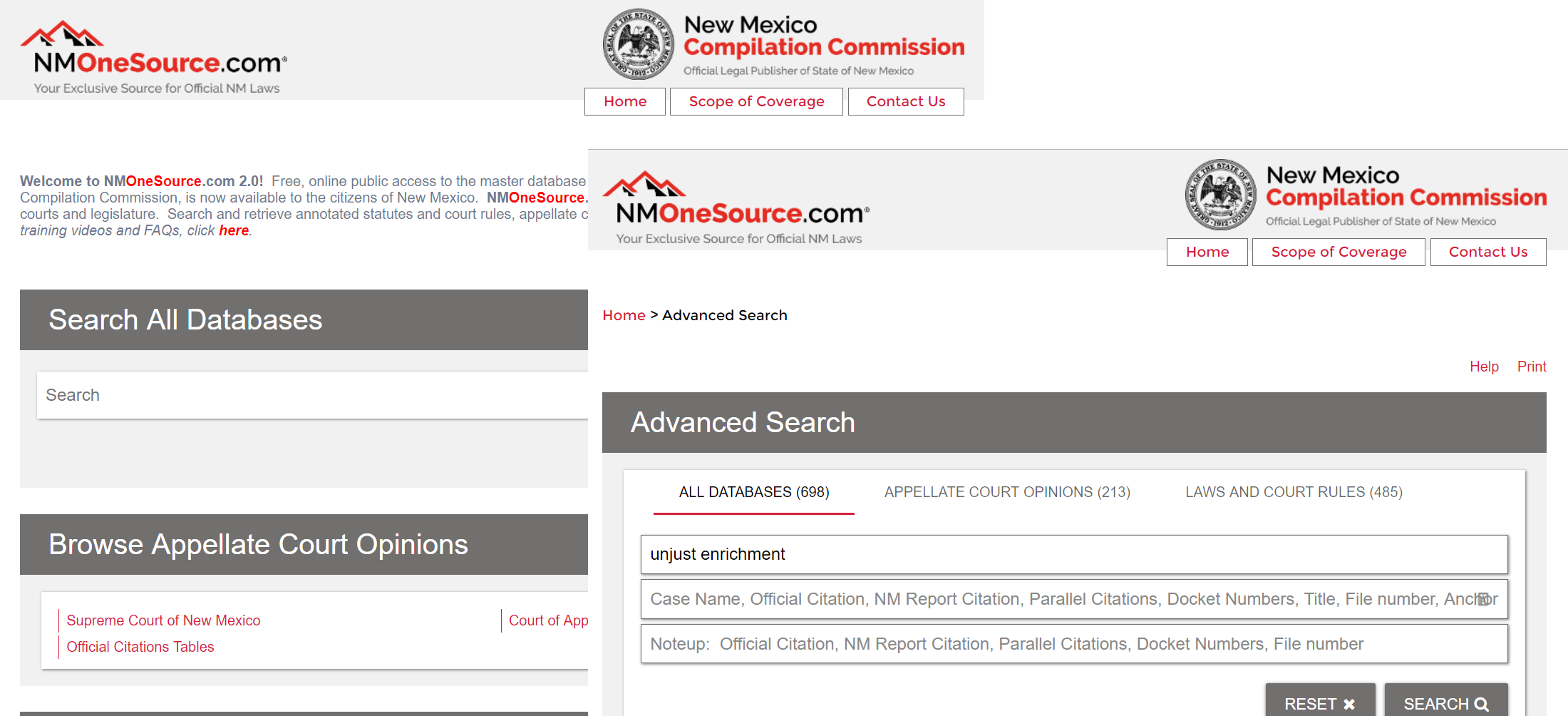
NMOneSource: Exclusive Source for Official New Mexico Laws
Read full article: NMOneSource: Exclusive Source for Official New Mexico LawsIn October 2018 Lexum won a public tender issued by the New Mexico Compilation Commission (NMCC) for the publishing of the State official laws. Lexum technology was selected to modernize NMOneSource™, which is the official source for legal information originating from the State of New Mexico.
-
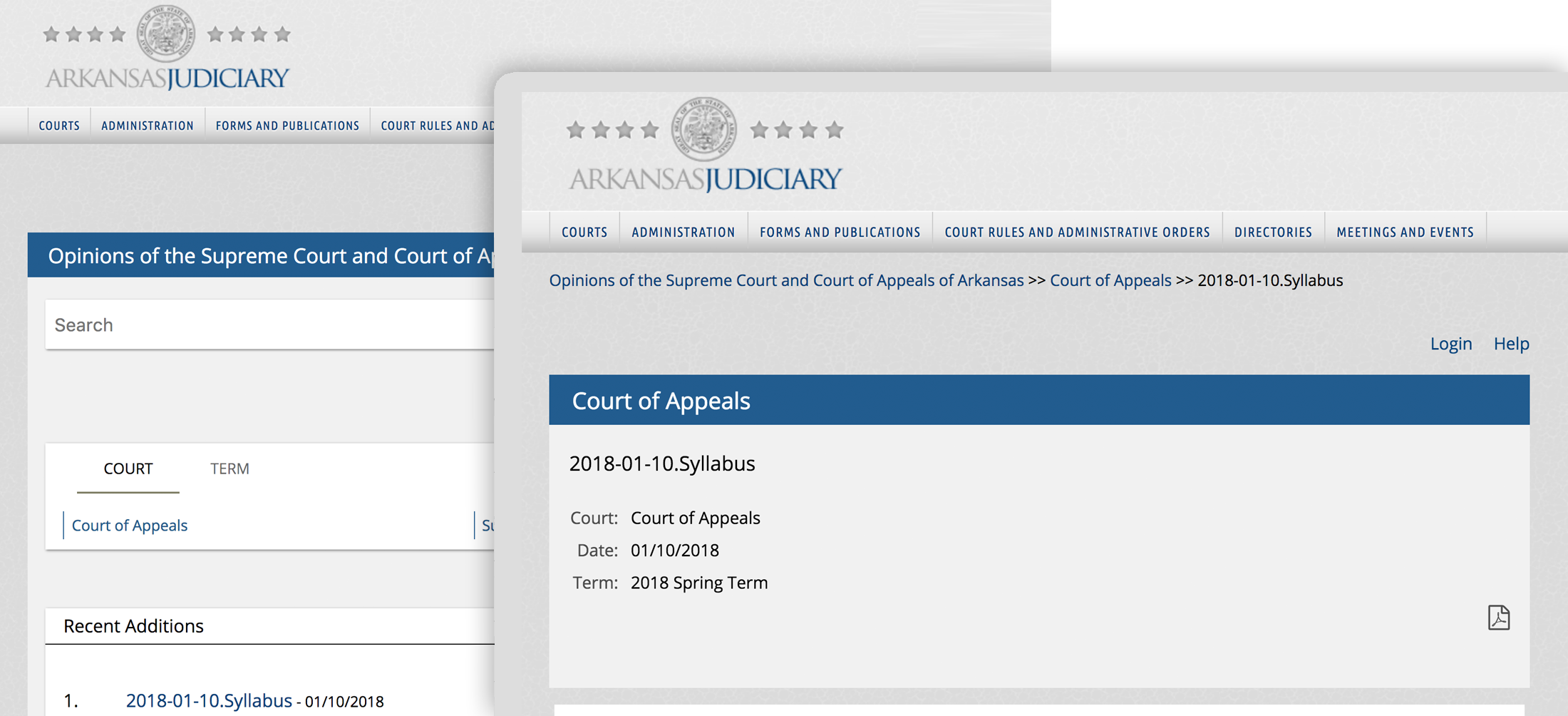
Norma for the Arkansas Courts
Read full article: Norma for the Arkansas CourtsThe Arkansas Judiciary is the State institution supporting the Court of Appeal and Supreme Court of Arkansas. It renders official and unofficial opinions that are made available to the public and staff on its website. It selected Norma for its intuitive search interface that both eases and speeds advanced legal research.
-
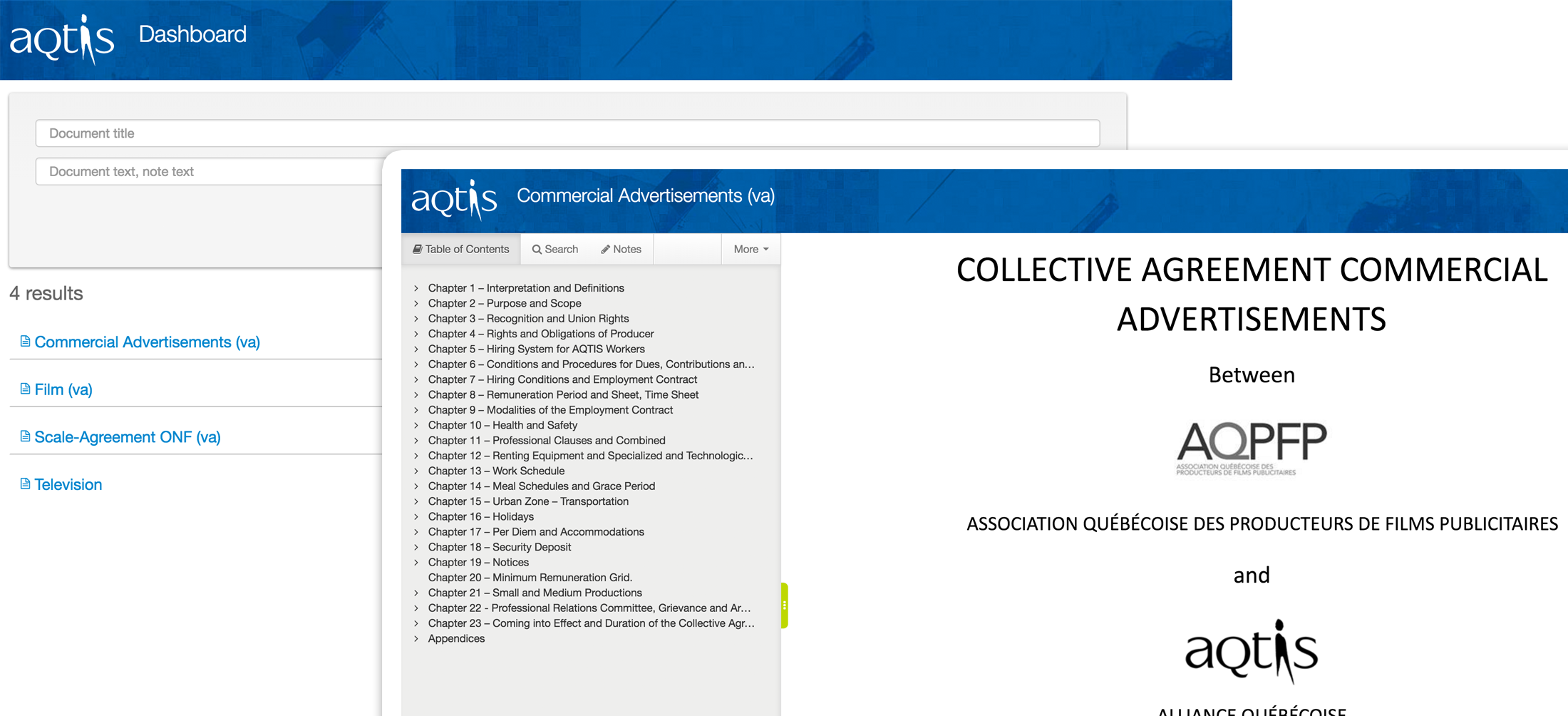
Norma for the AQTIS Collective Bargaining Agreements
Read full article: Norma for the AQTIS Collective Bargaining AgreementsThe Alliance québécoise des techniciens de l’image et du son (AQTIS – Alliance of Image and Sound Technicians) represents some 5 500 freelance professionals in more than 134 trades associated with the design, planning, set-up or creation of audiovisual productions in Quebec. As part of its mandate, the union negotiated about ten collective bargaining agreements…







